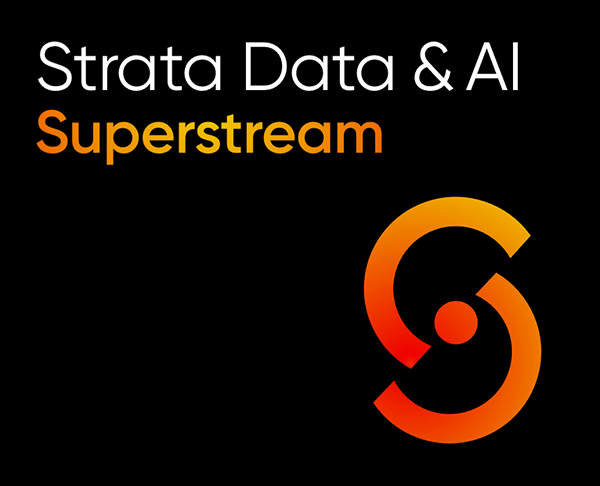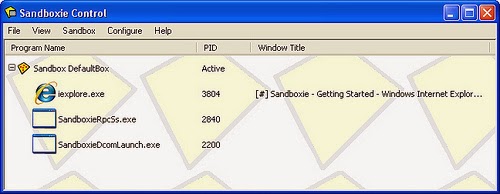

This entire operating system is essentially sandboxed, as it doesn’t have access to anything outside of the virtual machine. The other operating system runs in a window on your desktop. Virtual Machines: A virtual machine program like VirtualBox or VMware creates virtual hardware devices that it uses to run an operating system.If you want to test out a program and run it without it being able to interfere with the rest of your system, you can run any program in a sandbox. Sure, there’s UAC - but as we mentioned above, that’s very minimal sandboxing.

User Account Control just restricts access to system files and system-wide settings.ĭesktop programs aren’t generally sandboxed by default. Note that this is very minimal protection - any Windows desktop program could choose to sit in the background and log all your keystrokes, for example.

PDFs and Other Documents: Adobe Reader now runs PDF files in a sandbox, preventing them from escaping the PDF viewer and tampering with the rest of your computer.

Browser plug-ins, particularly Java, are a frequent target of attacks that use security vulnerabilities to escape this sandbox and do damage. Playing a flash game on a web page is safer than downloading a game and running it as a standard program because Flash isolates the game from the rest of your system and restricts what it can do. Browser Plug-in Content: Content loaded by browser plug-ins - such as Adobe Flash or Microsoft Silverlight - is run in a sandbox, too.Web pages can run JavaScript code, but this code can’t do anything it wants - if JavaScript code tries to access a local file on your computer, the request will fail. Web Pages: Your browser essentially sandboxes the web pages it loads.Much of the code your devices run every day is already sandboxed for your protection:


 0 kommentar(er)
0 kommentar(er)
